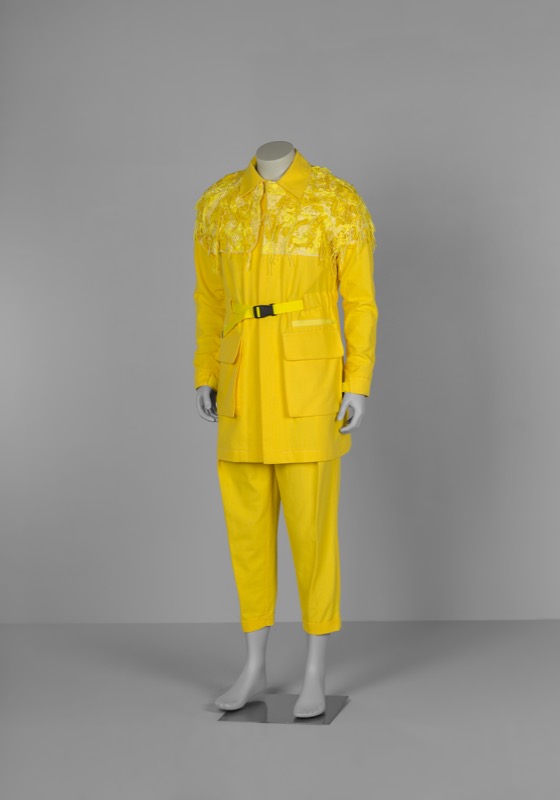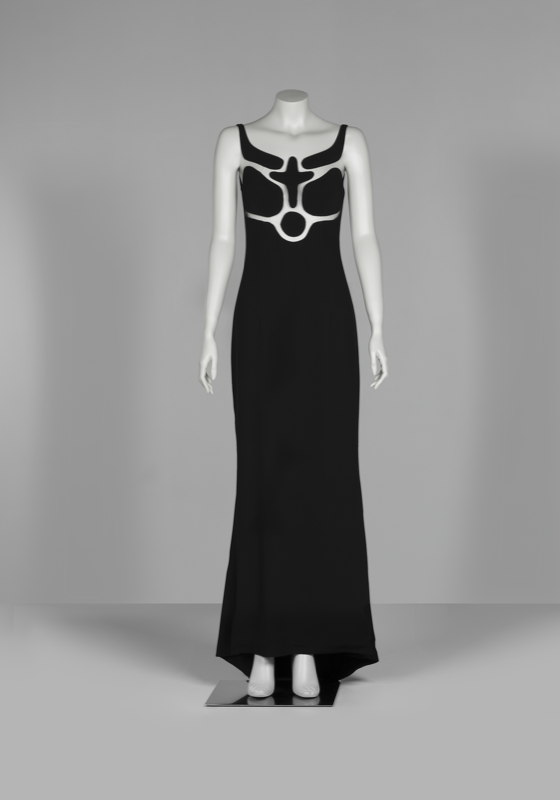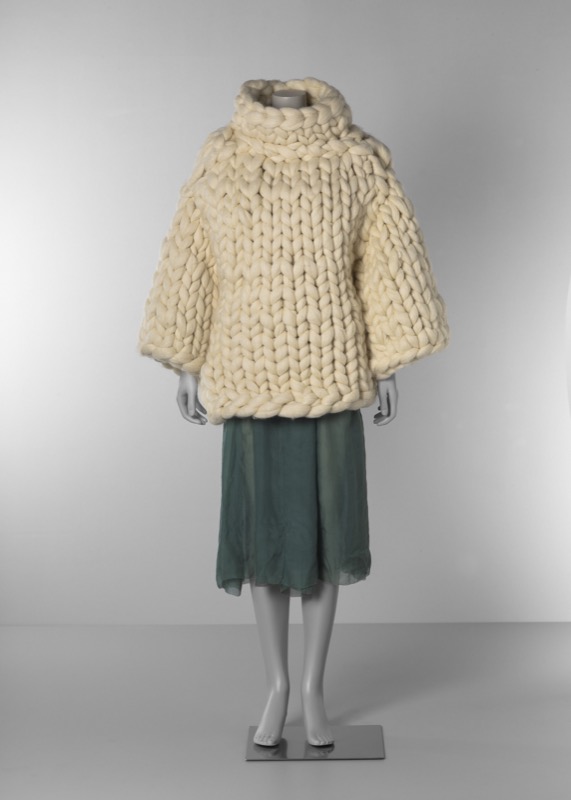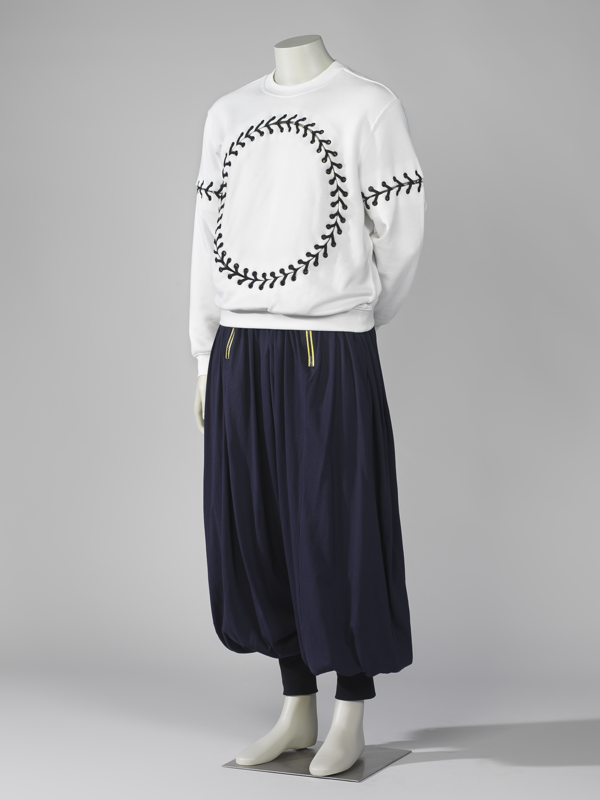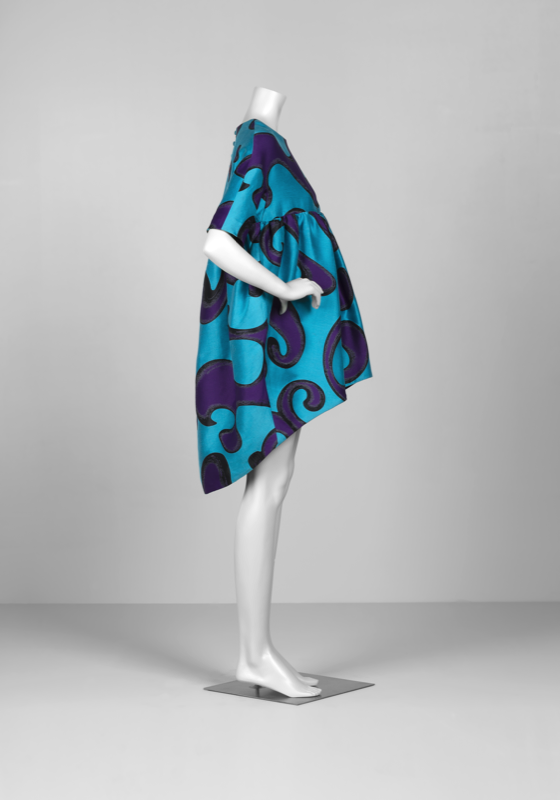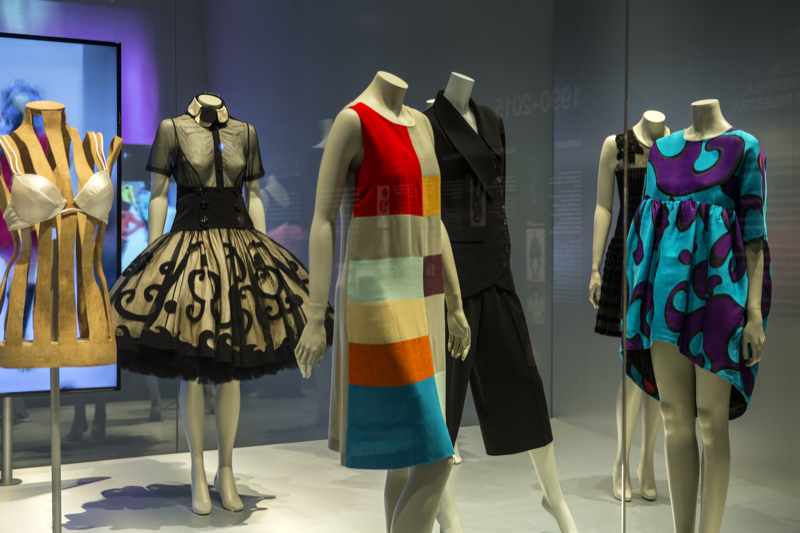
The Museum of Design in Barcelona is renewing and expanding one of its most symbolic exhibitions dedicated to the art of dressing with the addition of 12 dresses by 7 new designers to become part of the museum’s collection. Thus the sample “The clothed body. Silhouettes and fashion (1550-2015)” of the curators Teresa Bastardes and Sílvia Ventosa will feature Lydia Delgado, Josep Abril, Teresa Helbig, Krizia Robustella, Miriam Ponsa, Txell Miras, Andrea Ayala, Carlotaoms, La Marthe, Ángel Vilda Celia Vela and Roser Marcé,among other Catalan designers. This re-inauguration took place last Thursday, June 1st and had the support of specialist designers and professionals in the sector.
The exhibition ‘The clothed body. Silhouettes and fashion (1550-2015)’ reviews the history of each era through the different ways of dressing, as governed by moral, social and aesthetic codes of the time. It is well known that fashion imposes canons of beauty and the silhouettes and volumes are modified: nature gives way to artifice. Throughout the last centuries dress has changed proportions and has modified the relation of a person with respect to space and other individuals.
This exhibition specifically reveals how dress modifies the appearance of the body through actions that alternately tend to constrain or liberate it, from the sixteenth century to the present.
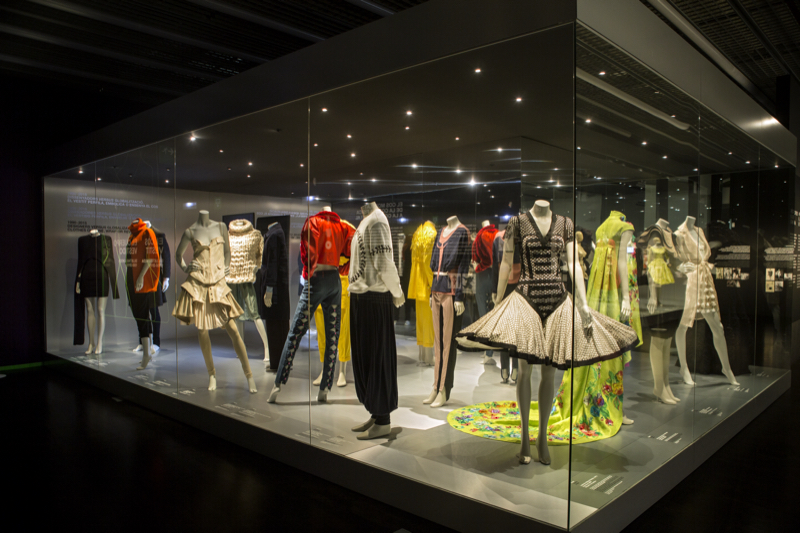
Modifying the appearance of the body
The exhibition is structured in how each mode of dress modifies the appearance of the body. The garment:
1. Expands
The dress creates volume via internal structures or via stiff, full fabrics which separate it from the body. The designs widen the figure from the waist to the feet: farthingales, petticoats, crinolines and stowaways or they envelopand widen the silhouette: shawls and capes.
2. Reduces
The dress diminishes the natural forms of the body, especially the chest and waist. In this respect the aim is to constrain the torso with corsets, doublets, fasteners and belts.
3. Lengthens
The dress stretches the image so the body looks taller. The accessories are designed to lengthen the figure: high heels and platforms, hairstyles, hats and dresses with long tails.
4. Profiles
The dress follows the shapes of the body without modifying it. The complements help to mark the silhouette: stockings, gloves, swim-wear and t-shirts of knitwear and elastic fabrics.
5. Uncovers
The dress hints at the silhouette, shows legs and arms and reveals the skin. The garments reveal the figure: transparent fabrics, short dresses, sleeveless and low cut.
